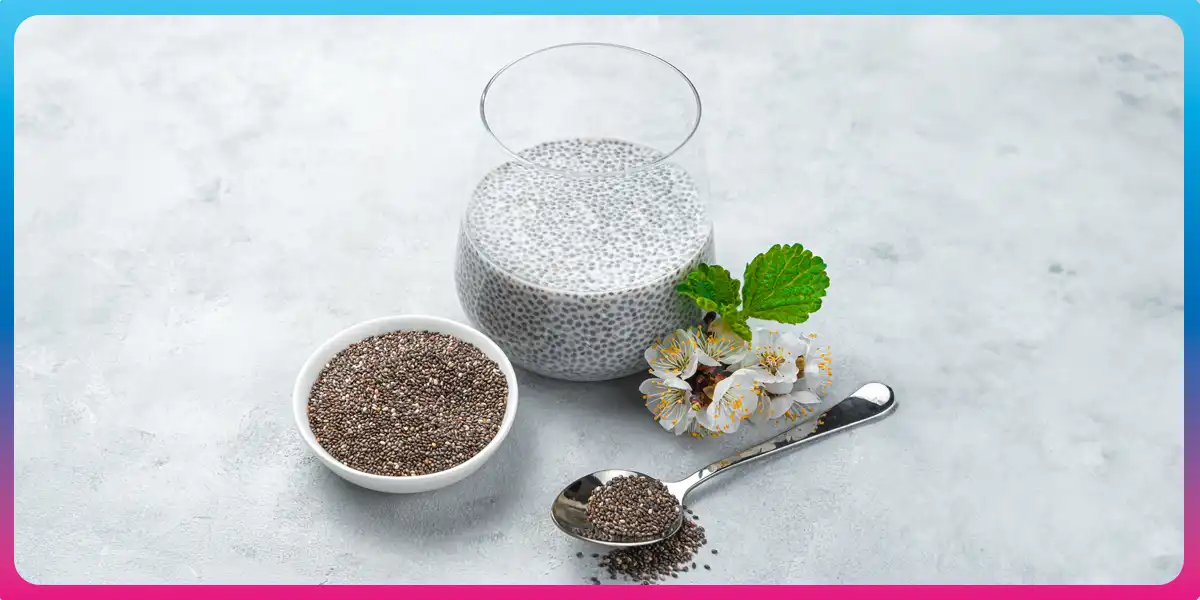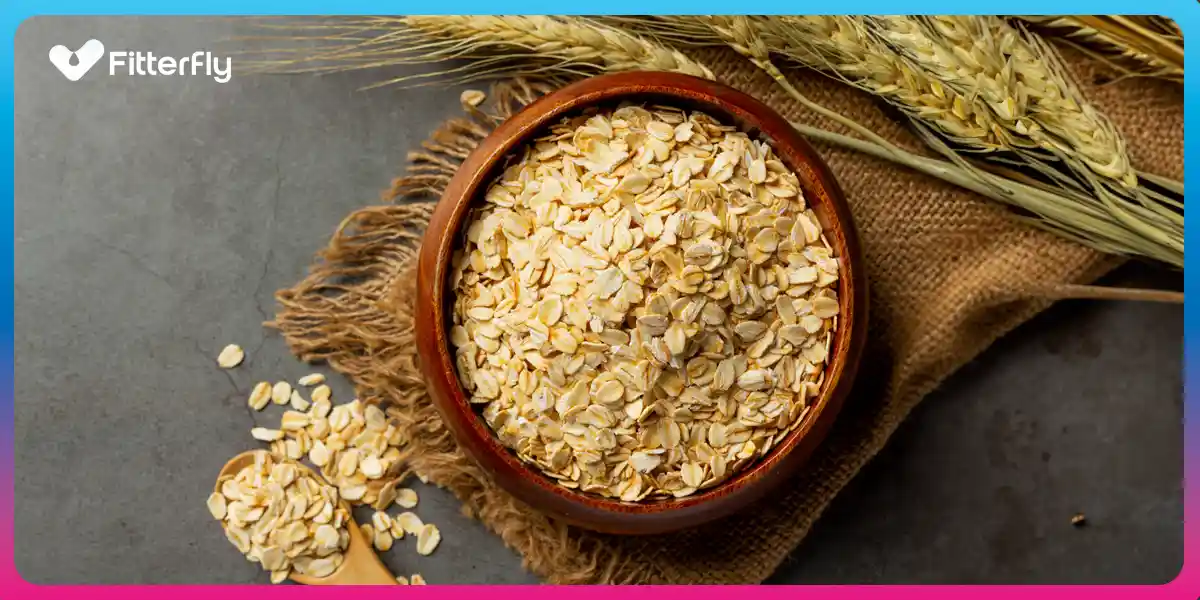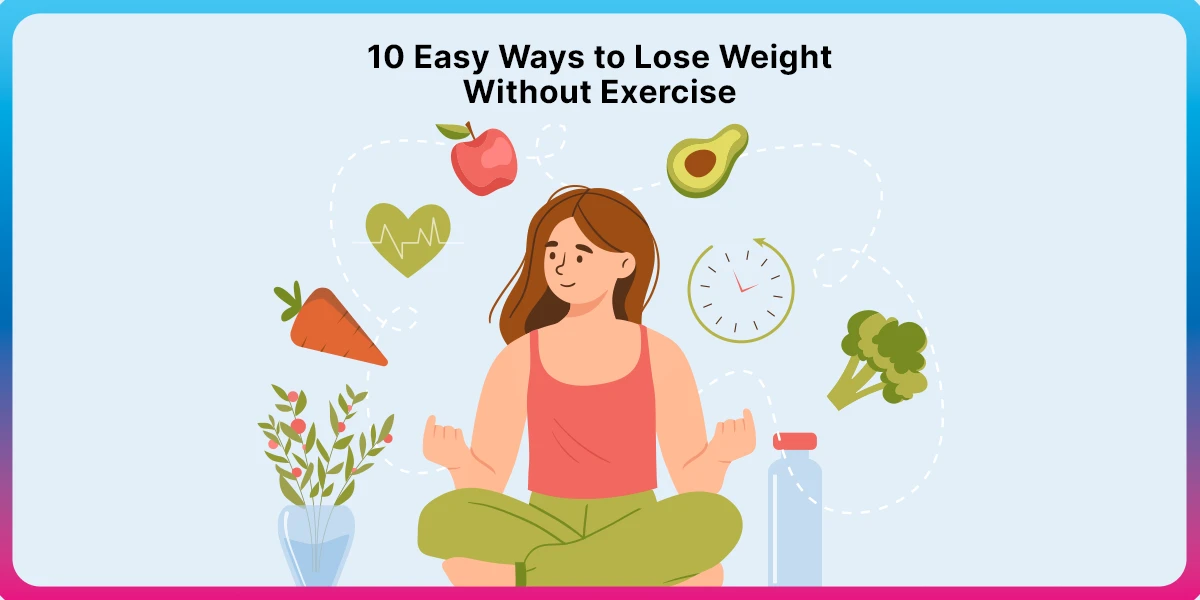What Can a 1-Point Reduction In HbA1c Mean For You?
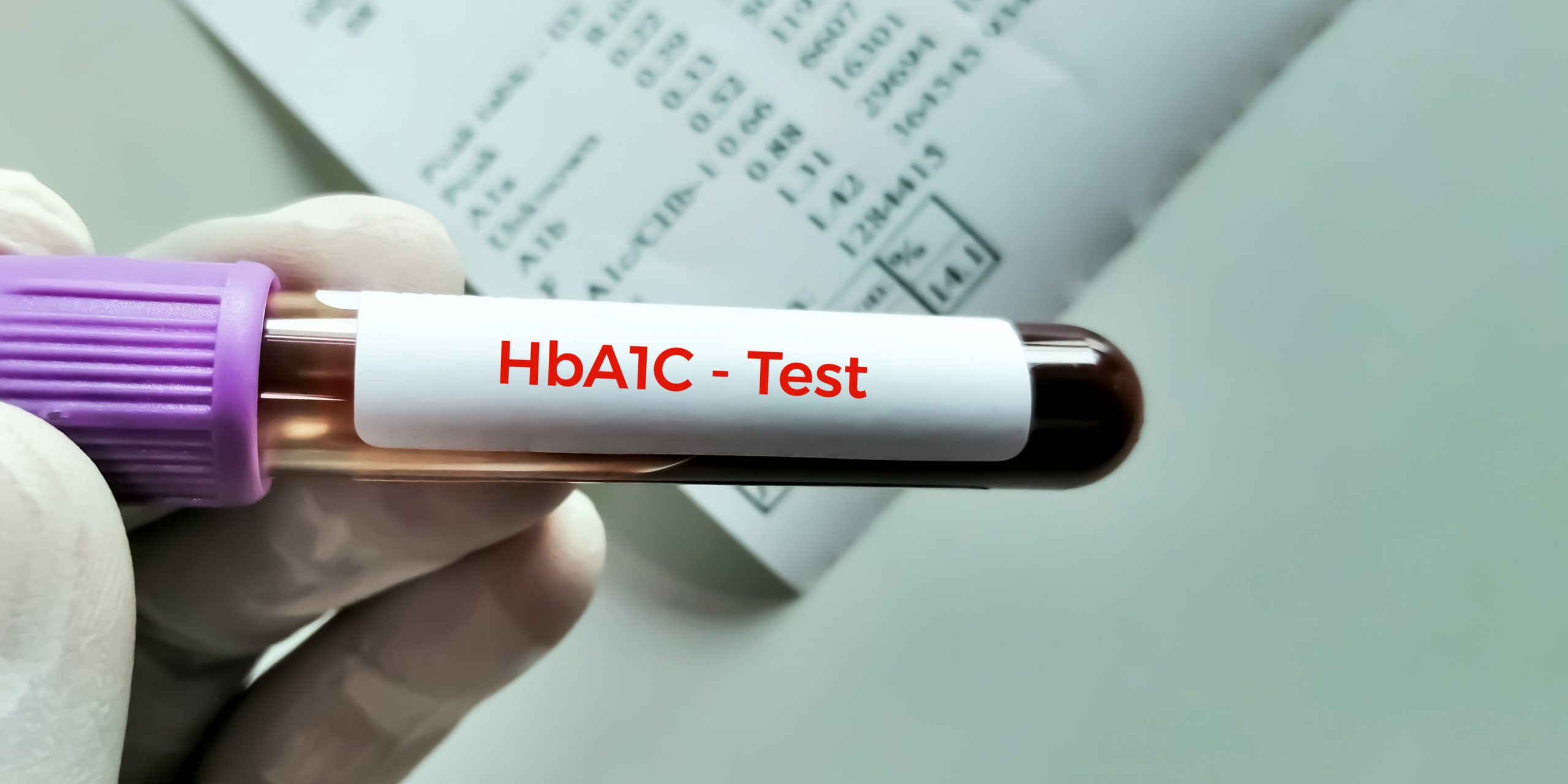
It seems so insignificant in most contexts, but for the health of a person with Type 2 diabetes, it can make a night and day difference in health complications and risks linked to diabetes.
So, if you are someone who is trying to manage Type 2 diabetes and on any given day, you feel like your motivation is low. If you are not sure what it is that you are working towards or statistically, how can you measure the importance of your efforts? Read on.
Understanding HbA1c
The HbA1c or the Hemoglobin A1c test gives you the three months average of your blood sugar levels. It is also referred to as the A1c test or glycated hemoglobin and is one of the main diagnostic tests for Type 2 diabetes, and is a vital marker for diabetes management.
To know your chances of Diabetes reversal, take the Diabetes Reversal TestDiabetes Reversal
Calculator
The HbA1c test measures the percentage of hemoglobin in your blood that has glucose attached to it. As blood sugar levels rise, more glucose binds to hemoglobin, leading to higher HbA1c values.
An HbA1c of more than 6.5% is an indication of Type 2 diabetes. Whereas, HbA1c of between 5.7-6.4% is considered to be prediabetes. Once you are diagnosed with Type 2 diabetes, you can contact your doctor and get started on medicine and intensive lifestyle therapy with a diabetes management program immediately to control your blood sugar medicines.
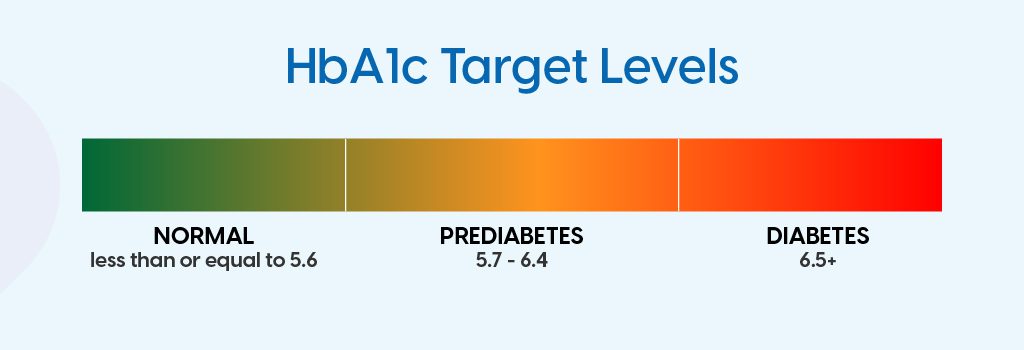
HbA1c: A Long-Term Trend Indicator
Since red blood cells live for approximately 8 to 12 weeks, the HbA1c test effectively reflects the average blood glucose levels over this period. Consequently, if blood sugar levels have been consistently elevated during these weeks, the HbA1c result will also be higher.
What does a 1% HbA1c reduction mean for you?
A reduction of 1% HbA1c for people with diabetes can result in (approximately):
- 21% reduction in deaths related to diabetes
- 25% reduction in microvascular complications (retinopathy, neuropathy, nephropathy)
- 19% less likely to suffer cataracts
- 16% less likely to suffer heart failure
- 43% less likely to suffer amputation or death due to peripheral vascular disease
So, even if you feel like you are early into your diagnosis and an HbA1c of 7-8 is not a cause of concern, change your perspective and think about how much better life will be if your HbA1c comes down by one point.
As they say, a stitch in time saves nine. And remember that every day of blood sugar control significantly reduces your risk of complications and improves your quality of life. Not only this reducing your HbA1c will also lead to a reduction or stoppage of your medication.
Don’t struggle alone & get the expert care you deserve

What are some of the steps you can take?
Since type 2 diabetes is a condition that can affect every organ in your body, it is important that you take action as soon as you get your diagnosis. Here are some of the things you can do:
1) Make some changes in your lifestyle
Managing your diabetes is possible with intensive lifestyle therapy. By forming healthy habits to make changes in all lifestyle parameters that affect your blood sugar levels, namely, diet, exercise, stress, and sleep.
2) Eat a balanced diet with proper portion sizes
A balanced diet is the foundation of good health and well-being. It involves consuming a variety of nutrient-rich foods in appropriate portion sizes. Include foods that are packed with vitamins, minerals, antioxidants, and dietary fiber, like vegetables and fruits, brown rice, quinoa, oats, and whole wheat.
3) Limit processed foods and sugary beverages
Reduce the consumption of processed foods high in added sugars, sodium, and unhealthy fats. Likewise, limit sugary beverages and opt for water, herbal teas, or unsweetened beverages.
4) Get at Least 30 Minutes of Exercise Daily for Five Days a Week
Regular physical activity improves cardiovascular health, boosts energy levels, enhances mood, and helps manage weight. Ensure getting at least 150 minutes of exercise per week, approximately 30 minutes of exercise for five days a week.
Exercise comes in many forms, including walking, jogging, swimming, cycling, dancing, or participating in sports activities. Choose activities that you enjoy to make it easier to stick to your exercise routine.
5) Take medicines regularly
Once your doctor has prescribed medicines, it is important to take them regularly and not take the decision to stop taking them without the recommendation of your doctor or diabetes management team.
6) See a physician
As soon as you get your diagnosis through one of the diabetes diagnostic tests such as HbA1c, oral glucose tolerance test, or random blood sugar test, it is important that you contact a doctor.
Your doctor will get you started on medicines based on your HbA1c levels. You can always stop and reduce your medicines when your blood sugar is in control.
7) Enroll in a diabetes management program
A diabetes management program can help you get comprehensive and personalized expert guidance for your lifestyle modifications. With digital therapeutic programs, you can get data-based insights from a continuous glucose monitoring device or a smart glucometer and make targeted changes to your diet, exercise, stress, and sleep.
Fitterfly’s diabetes management program can help you achieve your health goals from the comfort of your home. To know more, just give a missed call on 08069450746.
FitterTake
Now that you know how much making these small changes can impact your life, it is time to form healthy habits that you can sustain for life.
With the help of specialist doctors and expert-created diabetes management programs, you can go on to control your diabetes and even reduce or stop medicines. To know more about the program, reach out to our program advisor.
This blog provides general information for educational and informational purposes only and shouldn't be seen as professional advice.










